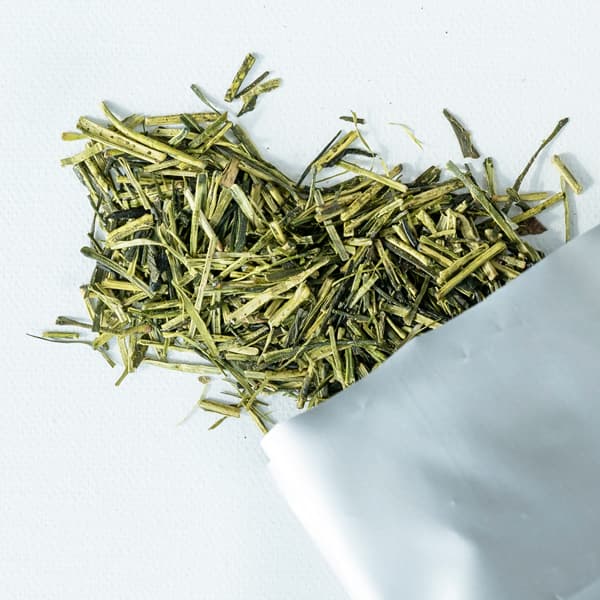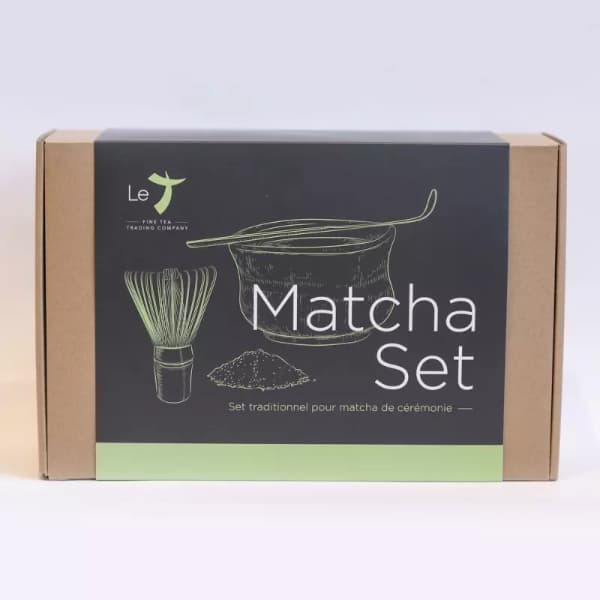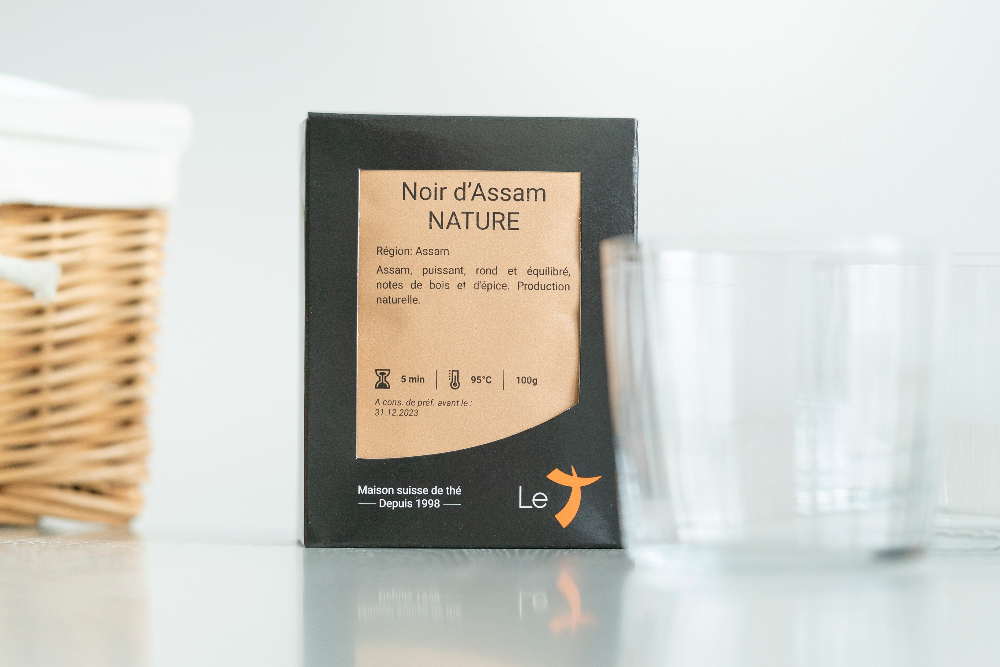All you need to know about green tea
Green tea is not oxidized, unlike oolong tea which is semi-oxidized, and black tea which is fully oxidized. It undergoes rapid processing directly after picking. Thus, the taste and active elements of green tea remain close to the plant in its natural state. Preferably harvested on hills often shrouded in fog, it has been the favorite drink of the Chinese and Japanese for centuries. A large part of its production is intended for the internal market. The West discovered green tea for its subtle flavor and its many beneficial characteristics.
Often sought after for their health benefits, green teas are rich in antioxidants and theanine. However, above all, they are marvels to taste! To do this, you just need to prepare them carefully by following a few simple principles. Contrary to popular belief, green tea does not release bitterness if it is infused at the right temperature and respecting its infusion time.
The best green teas are picked in spring, early in the season. Each year, the new harvest is eagerly awaited because it reveals fresh, sophisticated and highly prized scents and this only for a limited period. We make it a point of honor to select ourselves, each year, from hundreds of samples from the best gardens, the grand crus that we wish to offer you. This assortment evolves from year to year depending on the quality of the harvests.
We recommend drinking green teas young, if possible in the months following the harvest. Of course, the better the tea is stored (in our airtight packets for example), the longer it will retain its wonderful flavors.
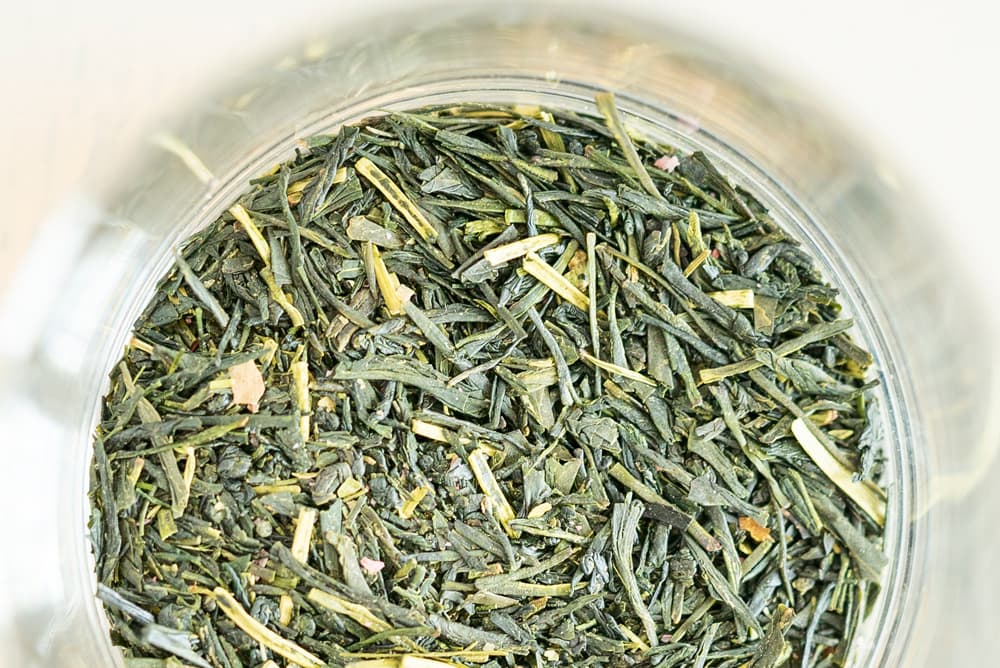
How is green tea produced?
The leaves are picked, wilted, heated for a few seconds, which inhibits the enzymes, then rolled and dried to avoid any fermentation. The Japanese green tea leaves are steamed to allow a more pronounced rolling which gives more power to the tea. Chinese green teas are either heated in a pan, with hot air or in ovens.
Obviously, as is the case with any agricultural product, the quality of green teas also depends on the care and skill of the planter throughout the year, the geographical location of the garden, micro- and macro-influences. climatic. Two adjacent gardens can have very different qualities!
Grand crus from Japan and China
Our House offers a wide range of rare pickings of green teas from the best gardens in Japan and China. Here's a little preview.
Grands crus from Japanese gardens:
Sencha: The most popular tea in Japan, making up more than half of the country's annual harvest. It is a tea with leaves rolled into needles. A bestseller, the quality of which can vary greatly depending on the harvest and the origin chosen. The spring harvests are the most famous and the tastiest. Our offer includes an assortment of six different spring Sencha of the best quality. Our Sencha green teas.
Gyokuro: Gyokuro is the most prestigious Japanese green tea. Its leaves are dark green and it produces a vibrant green, opaque, umami-rich infusion. It is quite simply the tea that was reserved for the Emperor himself. Gyokuro plants have the particularity of being located in areas a little less exposed to the sun and of being covered with mats for 20 to 30 days before harvest. This method slows down the growth process of the tea plant and thus increases the content of the buds in amino acids, theanine, chlorophyll and theine. The result is sublime teas, an explosion of umami with sweet and vegetal notes. Discover our Gyokuro green teas.
Kabuse: Delicious shaded green tea which has its own character between Sencha and Gyokuro. Both sweet and deep, it will surprise you with a frank, fresh vegetal flavor, strongly evolving in the mouth, its umami note and its rich texture. Our Kabuse is a Japanese green tea from the gardens of Kagoshima. Cultivated like a Sencha, then shaded, but in a lighter way than Gyokuro, this tea knows how to serve us the best of both worlds. Both different from other Japanese green teas and perfectly integrated into this large family. Discover our Kabuse.
Hojicha: Hojicha is made by roasting green tea leaves in a porcelain pot over charcoal, unlike the majority of Japanese teas which are steamed. Due to this process, Hojicha has a brown color and a unique mocha flavor. Discover our Hojicha Finest.
Matcha: Matcha is a powder made from green tea leaves called Tengcha. To make Tengcha, farmers cover the plants in the shade for several weeks before harvesting them, like Gyokuro green teas. The leaves are then steamed, dried and finally stone ground to obtain a fine powder. Matcha is prepared by mixing tea powder with water, unlike other teas which are infused. Discover our ceremonial grade matcha and how to prepare it (with video in french).
Japan offers many other wonderful teas. Discover our entire selection of Japanese green teas.
Grands crus from Chinese gardens:
Dragon Well - Long Jing: Famous Chinese green tea from the Lion's Peak region in the province of Zhejiang. Its characteristic taste of roasted chestnut combines wonderfully with the floral spring notes of early spring Chinese green teas. Our assortment offers two Long Jing, the Dragon Well Finest and the First Grade Dragon Well. The first is an extremely rare harvest, extremely fine and prized. The second offers excellent tea at a much more affordable price. Discover our Finest Dragon Well and First Grade Dragon Well green tea.
Monkey Garden - Tai Ping Hou Kui : From the yellow mountains of Anhui province, the fruit of a single, almost mythical annual harvest, it is made up of exceptionally long, thin, flat, deep green leaves. Its clear, very mild infusion is light in body and extraordinary in fragrance. Discover our Monkey Garden green tea.
Jade Spiral - Bi Lo Chun :A classic among Chinese green teas. From Anhui in the east of the country. This tea is hand-rolled to give it its characteristic shape, then heated in a wok to remove the enzymes and finally dried. It has a very interesting flavour, combining the characteristic notes of hazelnut, flint and flowers with vegetal facets of spinach and vegetable broth. Discover our Jade Spiral green tea.
Silver Loop - Huang Shan Yin Gou: This green tea from China's Zhejiang province is a fine, delicate tea. It is characterised by its beautiful grey-green curled leaves, which open up and lighten during infusion. Discover our Boucle d'Argent Chinese green tea.
China has many other wonderful teas. Discover our full selection of Chinese green teas.
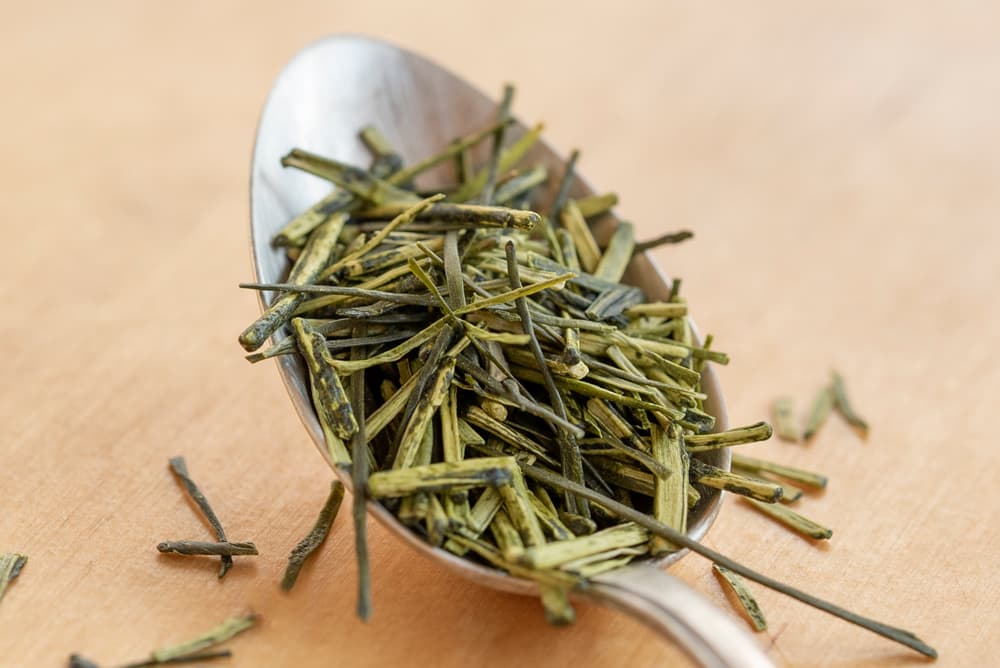
How to make green tea?
Green tea will reveal all its beauty if you prepare it with love. Unlike other teas, it cannot stand direct contact with boiling water. In our opinion, green tea should be brewed at a maximum temperature of 70 degrees. Sometimes even lower - we recommend 60 degrees for Japanese green teas. Water that is too hot will extract excess catechins from the leaves and create an undesirable bitterness.
If you don't have a kettle that automatically adjusts the temperature, here's how to get the water to the ideal temperature:
70°C ≈ 1/4 cold water + 3/4 boiling water.
60°C ≈ 1/3 cold water + 2/3 boiling water.
Note that green tea can be brewed several times. As with white, Oolong and Pu-erh tea, it is possible to re-use the same tea, two to four times in the same half-day. Drain well between infusions. You'll notice how the taste of the tea changes from one preparation to the next, each time revealing new facets of a great tea.
How do you prepare Japanese green tea? Our tips!
The famous Jasmine green teas
High-quality green jasmine teas combine the harmony of green tea with the freshness of jasmine flowers. To give the tea its flavour, the producers place a large quantity of fresh jasmine flowers on the tea leaves. The jasmine leaves give off a strong scent, which is carried through the air to impregnate the tea leaves with their fragrance. The jasmine leaves are then removed and the process repeated, up to seven to nine times for the most prestigious jasmine teas.
All our jasmine teas are scented in this traditional way.
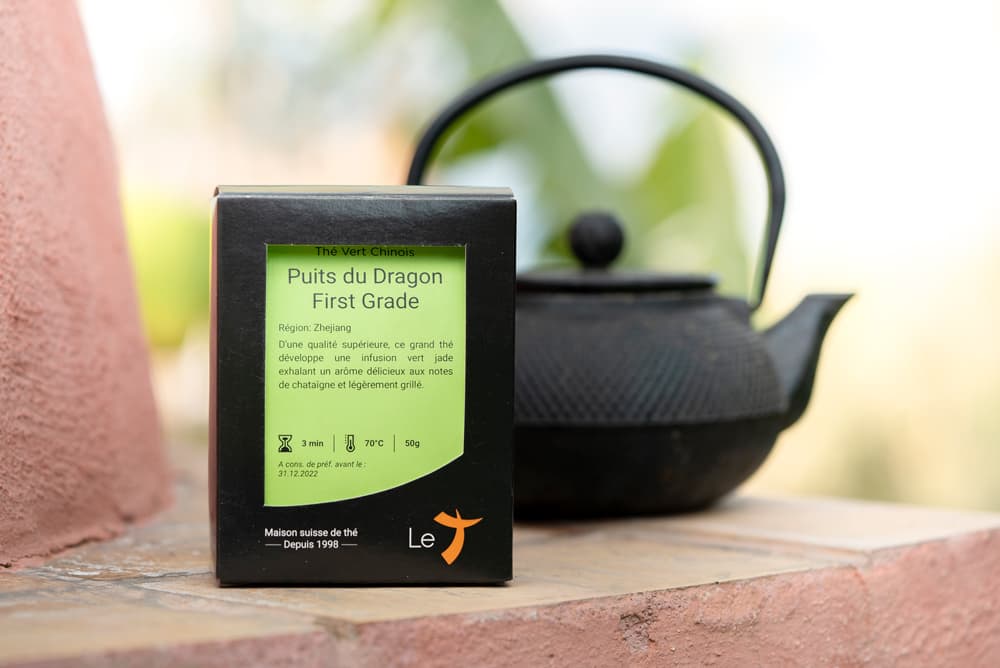
What are the differences between black and green tea?
Green tea is not oxidised, whereas black tea is 100% oxidised. Oolong teas are partially oxidised. This process, after plucking, completely changes the appearance and taste of the tea. Green teas are generally more delicate and lighter than black teas. They are reminiscent of spring and freshly mown grass. The subtlety of green teas also requires greater care in preparation. Green tea should be brewed in water between 60 and 70 degrees depending on the variety. Boiling water 'burns' the green tea leaves, creating an undesirable bitterness.
What are the benefits of green tea?
Green tea is particularly high in vitamins C, A, B and P, as well as trace elements, phenols/polyphenols and rare amino acids. It increases concentration and physical capacity, improves blood circulation and protects teeth (good fluoride content). It has anti-inflammatory, digestive and anti-depressant effects, and helps to regenerate the skin.
Several recent studies suggest that Green Tea helps to prevent certain cancers (in particular stomach, colon and perhaps even lung cancers). In particular, scientists are studying the main active component in Green Tea, GEGC (epigallocatechol gallate). GEGC is particularly effective at destroying free radicals (in an aqueous environment), the toxic molecules involved in cell ageing.
These protective effects have been observed in people who drink a lot of Green Tea.
What's more, the amino acids in green tea reduce the frequency of alpha waves in the brain, helping to promote serenity.

 English
English  Français
Français